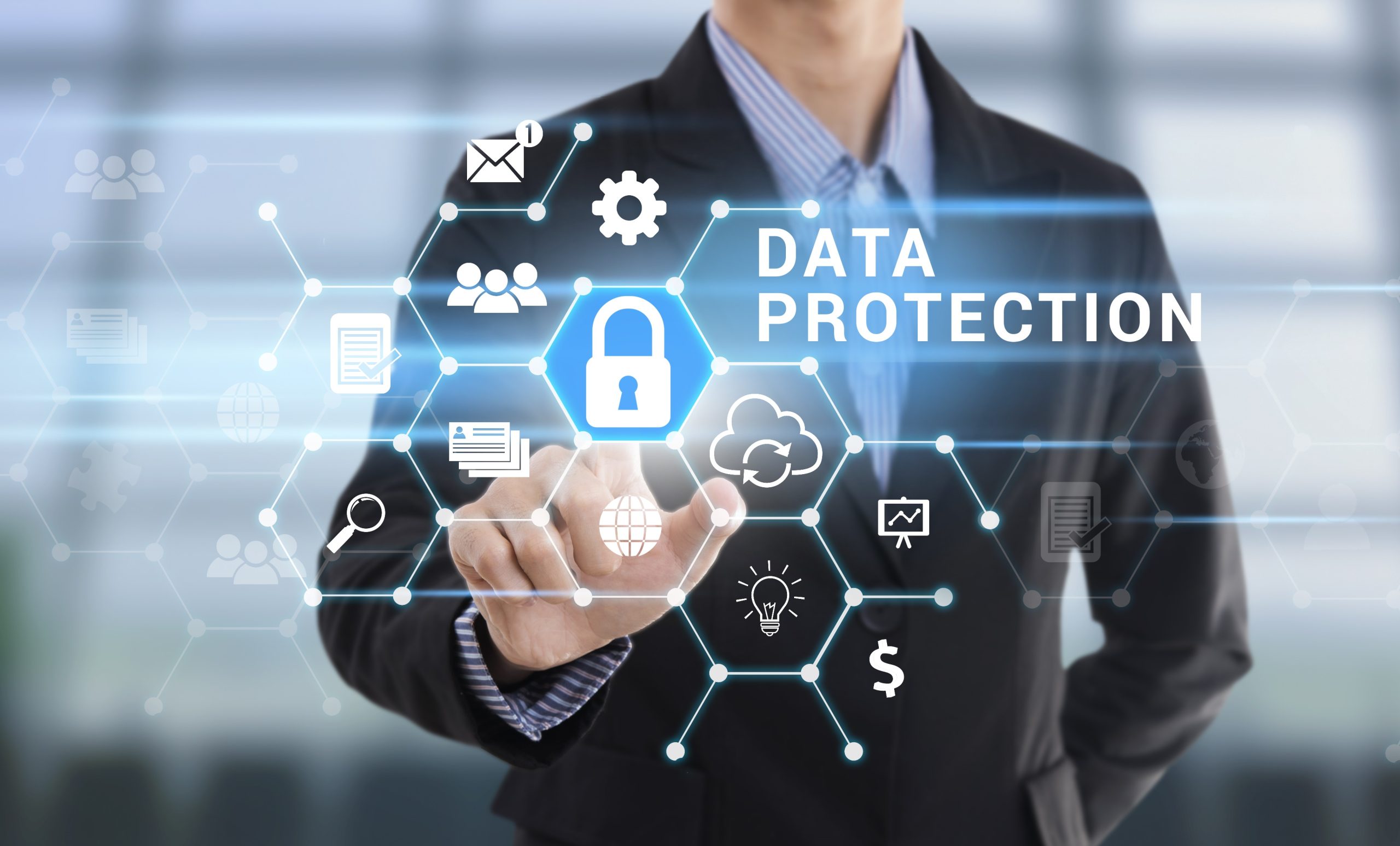In today’s digital world, almost everything we do—shopping, banking, socializing, even paying bills—is online. That makes protecting your personal data more important than ever. But the good news is, you don’t need to be a tech expert to keep your information safe. With a few simple habits and precautions, you can protect yourself from hackers, scams, and accidental data leaks.
Let’s break it down step by step.
What Is Personal Data?
Personal data is any information that can identify you. Examples include:
- Your full name, address, or phone number
- Email addresses and login credentials
- Bank account or credit card numbers
- Photos, videos, or personal documents
- Online activity, such as search history or social media posts
Every time you enter information online, it becomes part of your digital footprint. Protecting it is like locking the doors to your digital life.
Why Protecting Your Data Matters
Failing to protect personal data can lead to serious consequences:
- Identity Theft: Someone could pretend to be you online, open accounts, or make purchases in your name.
- Financial Loss: Hackers could steal money from your bank accounts or credit cards.
- Privacy Violations: Personal photos, messages, or documents could be exposed.
- Scams and Phishing Attacks: Fraudsters could trick you into giving away passwords or sensitive info.
Even if you don’t have sensitive financial data online, protecting your personal information keeps your life private and secure.
Simple Steps to Protect Your Personal Data
You don’t need to be a tech expert—just follow these practical steps:
1. Use Strong, Unique Passwords
- Avoid obvious passwords like “123456” or “password.”
- Use a mix of letters, numbers, and symbols.
- Make sure each account has a different password.
Tip: Consider using a password manager. It securely stores all your passwords and can generate strong ones for you.
2. Enable Two-Factor Authentication (2FA)
2FA adds an extra layer of security. Even if someone steals your password, they still need a second verification step—usually a code sent to your phone or email.
Most services like Gmail, WhatsApp, and banking apps support 2FA. Always turn it on wherever possible.
3. Be Careful with Public Wi-Fi
Public Wi-Fi in cafes, airports, or hotels is convenient but not secure. Hackers can intercept your data on open networks.
Tips for safer Wi-Fi use:
- Avoid logging into banking or sensitive accounts on public networks.
- Use a VPN (Virtual Private Network) if you must use public Wi-Fi. A VPN encrypts your data so outsiders can’t read it.
4. Keep Your Devices Updated
Software updates aren’t just about new features—they patch security vulnerabilities. Always update:
- Your smartphone’s operating system
- Your computer’s operating system
- Apps and programs you use regularly
These updates help protect against hackers who exploit outdated software.
5. Think Before You Click
Phishing attacks trick people into giving away passwords or downloading malware. These can come via email, text, or social media messages.
Red flags to watch for:
- Emails or messages from unknown senders
- Links asking you to “verify” your account or “reset” a password
- Offers that seem too good to be true
Rule of thumb: When in doubt, don’t click. Verify the source first.
6. Limit What You Share Online
Oversharing personal information can make it easier for hackers to target you.
- Avoid posting sensitive details like your home address, phone number, or vacation plans publicly.
- Adjust social media privacy settings to control who sees your posts.
- Be mindful of quizzes or apps that ask for personal info—they can collect data for advertising or worse.
7. Secure Your Devices
If someone steals your phone or laptop, they could access your data. Protect your devices by:
- Using a strong screen lock or password
- Encrypting your phone or computer if the option is available
- Setting up a “find my device” feature to locate or erase it if lost
Even simple precautions like these make it much harder for criminals to access your personal information.
8. Use Trusted Services
Not all apps and websites are created equal. Before entering sensitive information:
- Check reviews and ratings
- Stick to well-known companies or services
- Look for secure connections—URLs should start with https:// and show a padlock symbol
9. Back Up Important Data
Even with security measures, accidents happen—devices get lost, damaged, or hacked. Regularly back up your important files:
- Use cloud storage services like Google Drive, iCloud, or Dropbox
- Keep an external hard drive as a secondary backup
This ensures your data isn’t lost, even if something goes wrong.
Common Myths About Online Security
- “I’m too small for hackers to target.”
Everyone is a potential target. Hackers often aim for ordinary users because it’s easier than breaking into big companies. - “Antivirus software is enough.”
Antivirus helps, but it’s not a complete solution. Strong passwords, updates, and 2FA are equally important. - “I don’t have anything valuable online.”
Personal data like email addresses, phone numbers, or photos can be used for identity theft, scams, or phishing.
Conclusion
Protecting your personal data doesn’t have to be complicated. By following simple habits like strong passwords, two-factor authentication, cautious sharing, and software updates, you can significantly reduce your risk of identity theft, scams, or privacy breaches.
The key is consistency. It’s not about being a tech expert—it’s about being aware and taking a few proactive steps. Your digital life is valuable, and a little effort goes a long way in keeping it safe.
Remember: digital security is like locking your front door. You wouldn’t leave it open—don’t leave your personal data unprotected.
